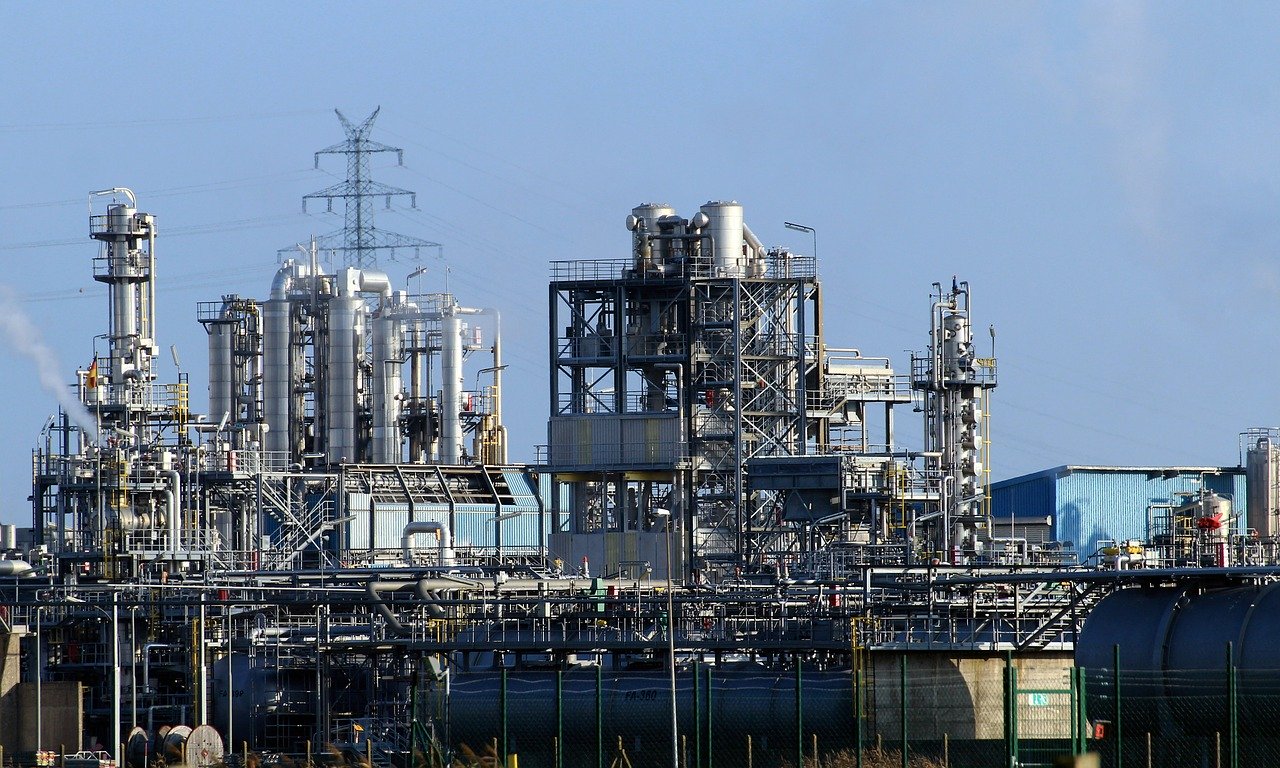What are the types of pumps and valves in the oil and gas industry?
Oil and gas companies use many different types of pumps and valves in their operations.
Onshore, wellhead and subsea facilities rely on valves to control the flow of gases, liquids, and minerals. On the other hand, offshore facilities, such as platforms and subsea equipment, rely on pumps to move fluids.
According to the US Bureau of Safety and Environmental Enforcement, the oil and gas industry uses about 120 different types of pumps and valves. Of those, 65% are used in oil and gas exploration and production (E&P) applications, and another 25% are employed in maintenance and service applications.
A research firm, IHS Markit, ranked the most important oil and gas market infrastructure for oil and gas operations in 2016. IHS Markit analyzed the critical systems in operation and calculated their cumulative value to the industry. The IHS Markit team found the costs of infrastructure grew by 7% from 2015 to 2016.
“The most important sector for offshore oil and gas pipelines is maintenance and service (M&S), which is likely due to a substantial cost increase in the offshore environment,” said Christian Seligmann, principal of IHS Energy and leader of the IHS Markit team that performed the study.
The survey used two questions: Which devices, applications, systems, and suppliers provide the best value for customers; and how could they be made more useful to operators.
An overwhelming 75% of IHS Markit survey respondents said they have reduced infrastructure costs by replacing remote control devices with electronic motor controllers. Some systems can also integrate to maximize the uptime of the entire system.
Companies that were able to decrease their operating costs over the past five years by one percent or more include BG Group, Eni, MOL, and SOCAR.
Global Pumps Market for Oil and Gas Industry from 2016-2020
Pumps are responsible for the transportation and delivery of fluids such as oil, gas, water, and air for various applications. Pumps are mechanical machines that operate based on moving fluids. Key factors contributing to the growth of the global Pump market include increasing energy consumption, steady demand from end-users, continuous investment in R&D activities, and increasing focus on renewable energy.
The market for pumps is highly competitive, owing to the presence of several large players. The market is divided into five broad segments, which are further divided into subsegments. These are oil pumps, gas pumps, and water pumps. In 2015, oil pumps accounted for the largest share of the global pumps market.
This can be attributed to its usage in a wide range of applications, ranging from hydroelectric plants to offshore oil rigs and mineral drilling to petrochemical plants. In 2015, the oil and gas industry held the largest share of the pumps market. This is attributed to significant investments in upstream oil & gas activities in developing economies such as India and China.
Gas is expected to grow at the fastest rate during the forecast period due to increasing demand from various end-user industries such as power generation and chemicals.
Pump & Valve CAGR from 2020-2027
The global industrial pump market size was valued at USD 62.6 billion in 2019 and is expected to expand at a CAGR of 5.9% from 2020-2027. Growing expenditure on infrastructural development in various economies worldwide is expected to augment industrial pumps’ demand from 2020-2027. Moreover, ongoing technological advancements in pumps, higher returns on investments, and growth in disposable income in various regions are expected to boost the market in the next six years.
The need for efficient production processes in many industries has encouraged industries to upgrade their existing production lines using new industrial pumps. North America and Europe’s industrial pump market are expected to dominate in terms of growth in the next six years.
The Asia-Pacific region is projected to register the fastest growth during the forecast period due to high demand from China, India, and South Korea.
Turning to Automation & Digital Technologies
A growing number of industries turn towards automation and digital technologies to improve production, reduce costs, and improve output quality. The number of industrial enterprises operating through a shared manufacturing approach has been increasing over the past decade and is projected to reach millions by 2025.
Growing demand for electric and hybrid electric vehicles is expected to increase demand for industrial pumps as they are significantly more efficient than their traditional counterparts. The increasing demand for more efficient pumps and rapid industrialization in the BRIC countries (Brazil, Russia, India, and China) is expected to propel the industrial pump market in the next six years. The growing need for better efficiency in production processes across a wide range of industries is expected to drive the industrial pump market during the forecast period.
Oil & Gas Segment Dominates the Industrial Pump Market
The oil & gas industry has dominated the industrial pump market with the largest market share. The use of industrial pumps to evacuate toxic and flammable gases is one of the critical applications of industrial pumps. An increase in the demand for oil and gas in emerging economies, such as India and China, is expected to be one of the primary reasons for the large share of the oil & gas industry segment.
This is expected to increase the demand for industrial pumps in this segment in the next six years. The use of industrial pumps in the chemical and petrochemical industries is expected to increase in the next six years. Furthermore, the construction industry is another primary application of industrial pumps, with demand projected to increase substantially.
APAC is the Largest Regional Market
The Asia Pacific is the largest market for industrial pumps, accounting for over 30% of the global industrial pump market. China is the largest market for industrial pumps, and India is projected to be the fastest-growing market in APAC in the next six years. North America is the second-largest market for industrial pumps.
Rapid growth in the automotive industry is expected to propel North America’s industrial pump market during the forecast period. Growth in the mining and chemicals industries is expected to boost the U.S. industrial pump market in the next six years.
Some of the top pump and valve manufacturers include:
- KSB Pumps — KSB Pumps is one of the world’s leading manufacturers of pumps and industrial valves.
- Byron Valve — Byron Valve, the leading U.S. manufacturer of distributors and flow raters for air conditioning equipment and heat pumps.
- Smithson Hydraulics — Manufacturer of Hydraulic Packs, Cylinders, Pumps & Valves
- Parker Mobile Control Division Asia Co — Parker Mobile Control Division Asia manufactures and sells hydraulic valves and pumps for heavy construction and industrial equipment.
- Jeil Hydraulics — Jeil Hydraulics manufactures hydraulic pumps, motors, and valves in South Korea.
- Sterling Pressure Systems — Sterling Pressure Systems manufactures industrial and OEM pressure regulators, liquid CO2/nitrogen pumps, and valves.
- Gebr. Held — Gebr. Held manufactures and sells hydraulic fittings, tubes, pumps, motors, valves, and hoses and assembles equipment.
- Richter Chemie-Technik GmbH — Richter Chemie-Technik GmbH is manufacturer for high quality fluoropolymer lined pumps and valves.
- INOXPA — Inoxpa designs, manufacture pumps, valves, agitators, mixers, blenders, processors for the food-processing, and dairy.
- Emile EGGER Wangen SZ — Egger uses the latest technology to manufacture water pumps and control valves.
- Hargraves Technology — Hargraves Technology is a leader in the innovative design & manufacture of miniature liquid & pneumatic diaphragm pumps & control valves.
- AQ SPOL — AQ SPOL is engaged in the manufacture, sale, service of pumps and industrial valves.







